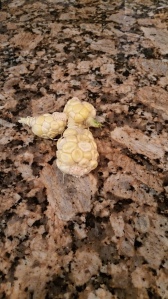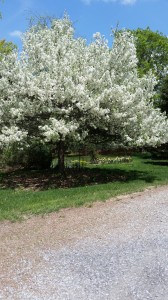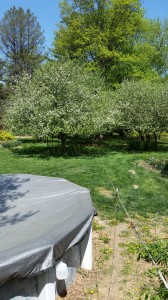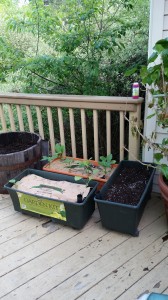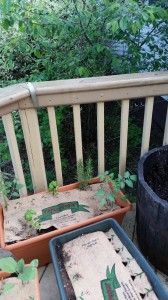What did they eat in Ancient Crete? Archaeologists struggle with determining the food eaten by ancient peoples. The remains of bones – meat or fish – provides a clue. But what else do they eat?
We know the Minoan civilization already had the olive tree and were pressing oil. Grapes were harvested and fermented into wine long before the beginnings of the so-called Minoan society. What else? Since they had flocks of sheep and goats, and bones with cut marks have been discovered we are pretty sure they ate goat, lamb and mutton. What about beef? Well, they had bulls (for the bull leaping) so maybe they ate beef.
What about cheese? They would have had milk, goat and sheep milk at least. Although there are theories, I haven’t found a definitive answer on cheese.
Vegetables and grains are tougher. We know they grew herbs, at least for medical and religious uses. Maybe they used them to season their food. The remains of grains have been found in bowls excavated at digs. But did these ancient peoples eat bread? Ancient Egypt had bread from about the fourth century B.C.E. Did they eat it earlier? Maybe. Since the ties between Crete and Egypt were strong, I assume that the Minoan culture also had some form of bread, maybe a flat bread. They certainly had beer and beer and bread were usually companions. Even in the Middle Ages, the bread makers and the brewers were part of the same guild. I took a calculated guess and had my characters in In the Shadow of the Bull eat flatbread.
No potatoes, no squash and no corn – these are from the New World and wouldn’t make it to Europe for another thousand years.


